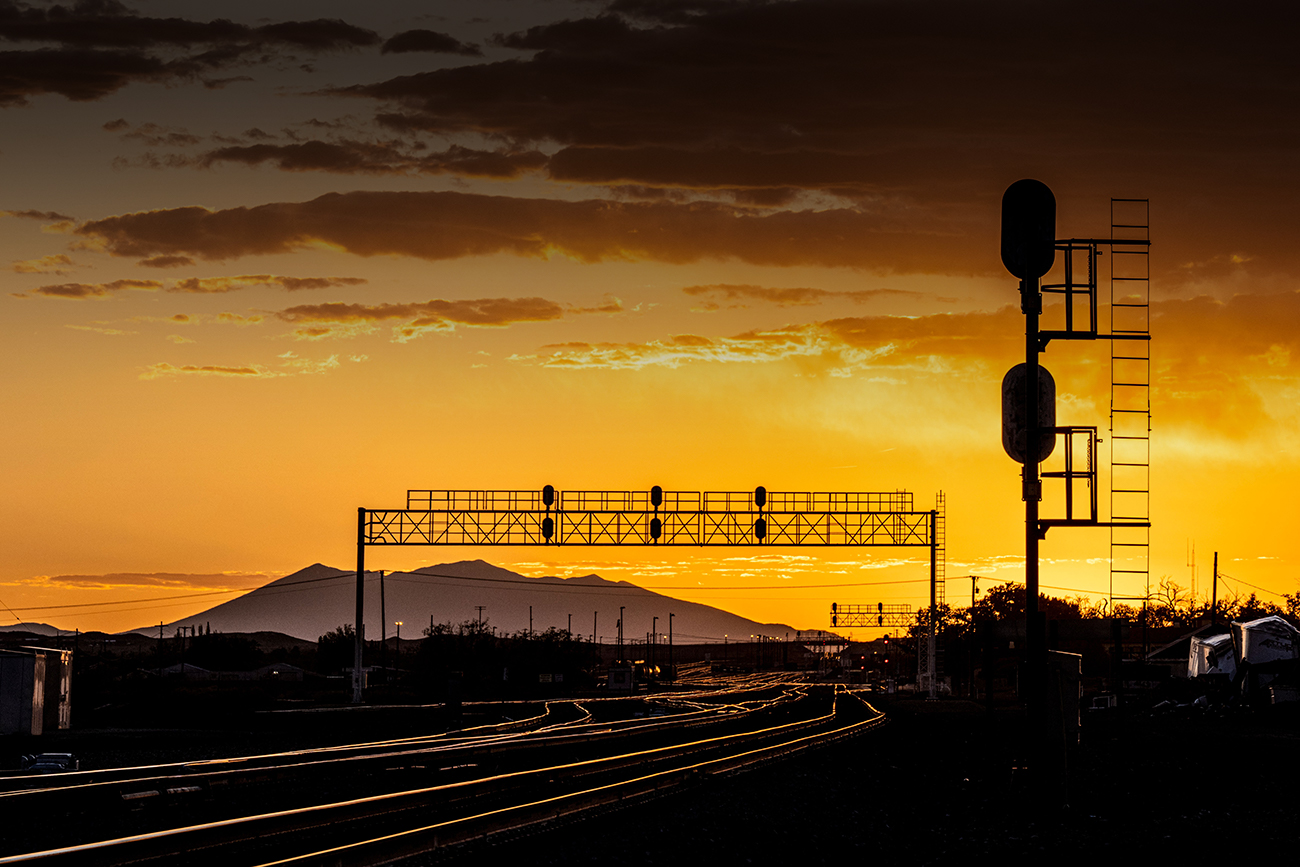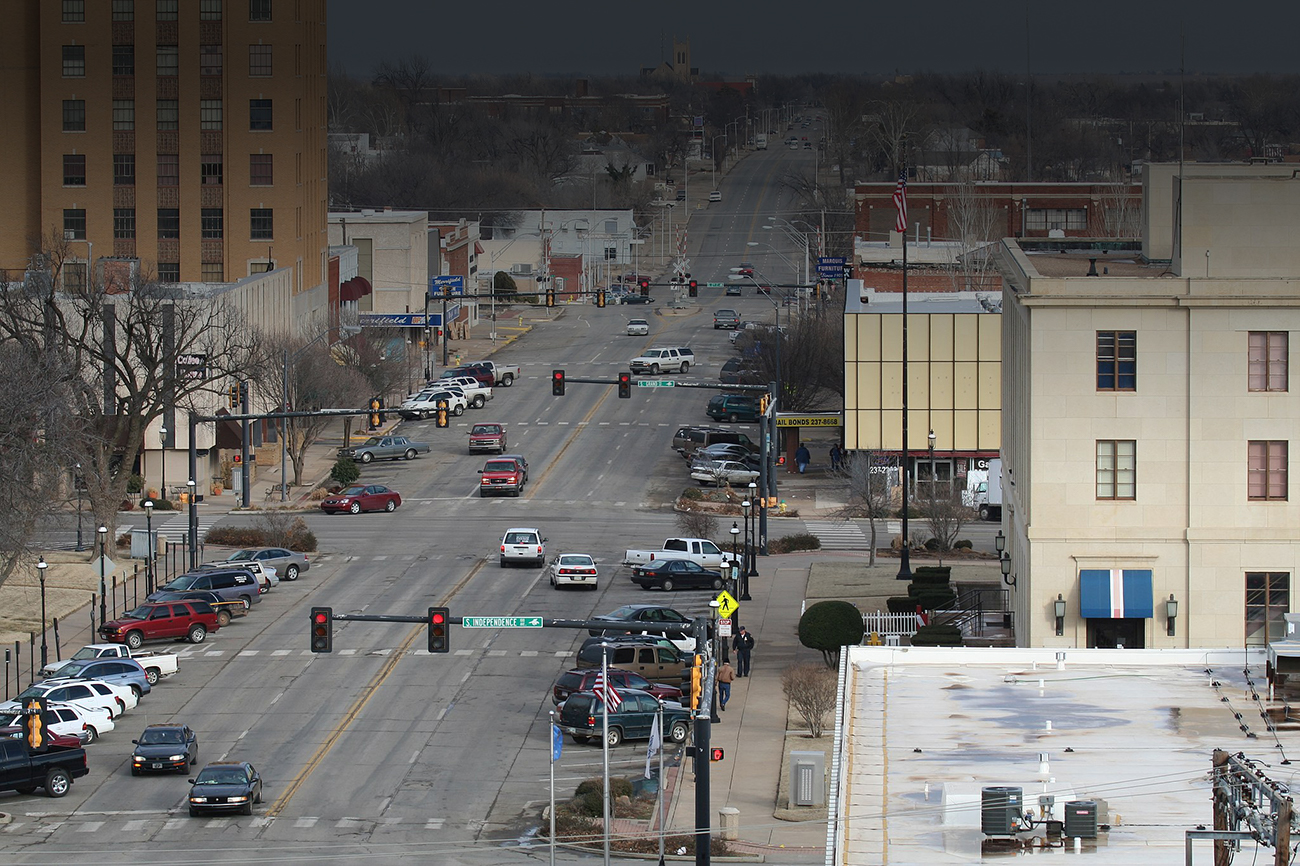Aberdeen, South Dakota: Where railroading roots run deep
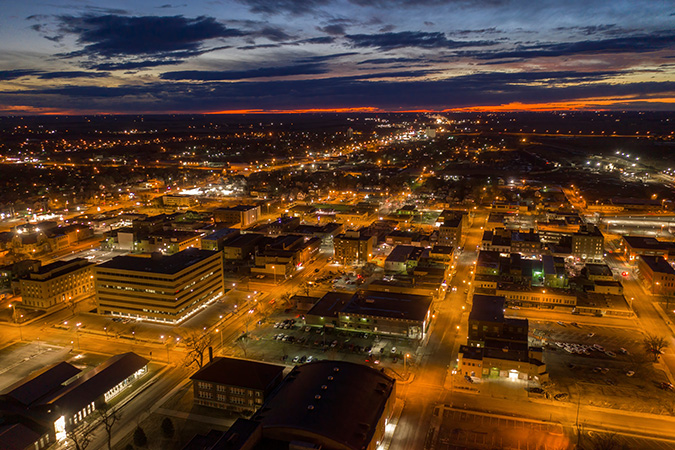
In the northeast corner of South Dakota, nestled in the James River Valley, is the town of Aberdeen. Nicknamed “Hub City,” Aberdeen’s many railroad tracks intersect here, just like spokes on a wheel. With eight trains daily passing through the town of 28,000, South Dakota’s third-largest city still has “ties” to deep railroading roots.
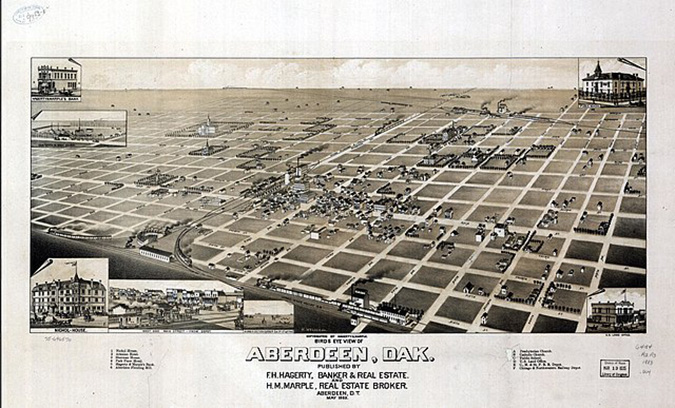
In 1881, the city emerged as a junction of several railroads, taking its name from the city in Scotland as tribute to the president of the Chicago, Milwaukee & St. Paul Railroad, Alexander Mitchell, who was Scottish. That same year, the first freight train arrived in Aberdeen on July 6, its unofficial city birthday.
Aberdeen was home to nine rail lines, including major BNSF predecessor Great Northern Railway (GN), and had four depots. Today, BNSF is the only Class I railroad to operate in the Hub City, but Aberdeen’s rich railroading history is reflected in the town’s architecture as many of the depots have been refurbished into local businesses.
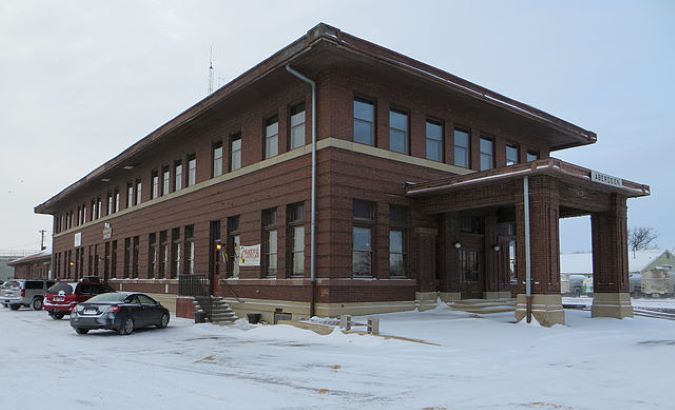
The first passenger train arrived in Aberdeen in August 1881, bringing travelers and immigrants to the new community. They came because of the expanding rail system, with about 5,000 immigrants moving to Aberdeen by train from 1881 to the early 1900s. Offering consistency and access to markets, rail service was the driving force behind the success of local businesses and farms.
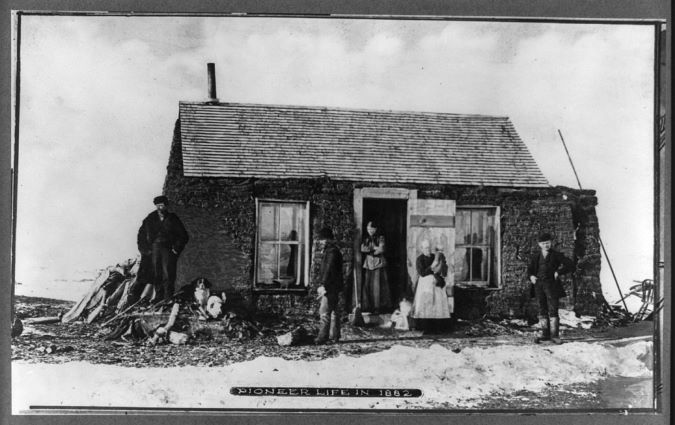
“The railroad was, and still is, the lifeline for business in Aberdeen,” Dacotah Prairie Museum Director Patricia Kendall explained. “Even our city streets were designed to follow the tracks and curve around the depots.”
In the early 1900s, more than 700 people, about 5% of the city’s population, worked for a railroad. By 1993, Burlington Northern Railroad (BN) employed 40 track workers, 55 train and engine workers, 15 machinists, three supervisors and eight office staff in Aberdeen. Today 110 BNSF employees work in the historic Hub City.
During World War II, Aberdeen was a frequent stop for soldiers traveling by train as they left for or returned from duty. With so many soldiers coming into town, the local Red Cross opened a canteen, located in the former Milwaukee Road depot, and served an Aberdeen delicacy: the pheasant sandwich. The Ring-necked Pheasant is South Dakota’s state bird, and unlike other meat and game, pheasants were not rationed during the war.
“Soldiers looked forward to stopping in Aberdeen,” Kendall said. “The trains would bring thousands of soldiers at a time, and part of the community’s war effort was feeding the troops.”
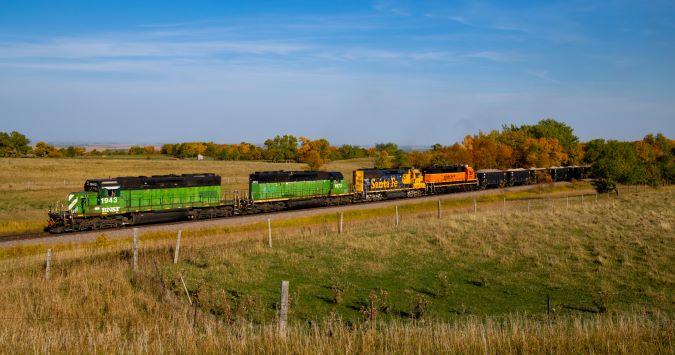
Though the canteen closed its doors in March 1945, a team of Red Cross members in the early 2000s created the Pheasant Canteen display inside the depot where the sandwiches were served. Today, hunters arriving to the Aberdeen airport during the opening weekend of pheasant season are greeted with the same hospitality of the classic pheasant sandwich.
Now, 140 years after its founding, the historic Hub City has seen many changes, but Aberdeen is still essential to South Dakota freight transportation. Today, BNSF moves agricultural products, like grain and ethanol, with about 149,000 carloads of agricultural products annually shipped across the BNSF network from South Dakota, in addition to other commodities.
Agtegra, a farmer-owned cooperative in Aberdeen, handles grain, crop nutrients, fertilizers and energy. The co-op works with BNSF to move its agricultural products from Aberdeen into the marketplace.
“A huge percentage of our products moves via rail — it’s the largest piece of our business,” Agtegra’s Taylor Aaland, Wheat and Sunflower Product Line Manager, said. “Rail is crucial during harvest time, when elevators can reach full capacity. But farmers are on tight schedule and we must keep moving. Rail allows us to do that.”
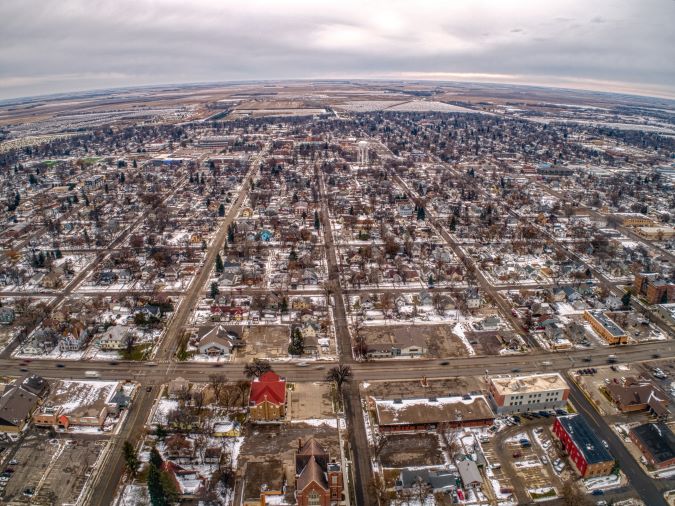
From Aberdeen, the BNSF network connects northwest to Hettinger, North Dakota, east to Willmar, Minnesota, and south to Mitchell, South Dakota. Aberdeen also provides mainline connections to port operations in the Pacific Northwest.
“We move freight for the community and bring jobs to the area, but BNSF is active in Aberdeen in more ways than one,” Aberdeen Division Trainmaster Joey Holzer explained. “We’re proud to support several local groups, like the Boys & Girls Club, the YMCA and the Brown County Fair.”
The Boys & Girls Club is an organization dedicated to providing youths with a safe space to reach their full potential through after-school and summer programs. The Aberdeen Boys & Girls Club and BNSF have likeminded values, like safety and supporting the community, which has fostered a strong relationship.
“BNSF assisted us in our campaign for a new club,” Aberdeen Boys & Girls Club Executive Director Michael Herman said. “About 300 kids come here every day. We can support that many kids because of BNSF, and members of our community have a great place to take their kids.”
Considering BNSF’s long history in Aberdeen, it’s not surprising that railroading in the Hub City is generational. Holzer, who has been with BNSF for almost 16 years, has a grandfather who also worked for the railroad in Aberdeen.
“I enjoy the problem-solving aspect of my job,” the younger Holzer said. “I do my best to keep our trains running and the community safe.”
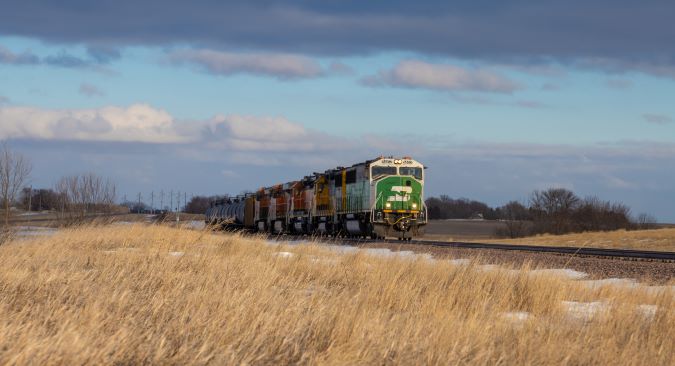
From past to present, Aberdeen is a railroad town through and through. Architecture, infrastructure and Hub City’s place on the map have been touched by the rail industry, and we’re proud to serve this essential city that has stayed true to its railroading roots.

